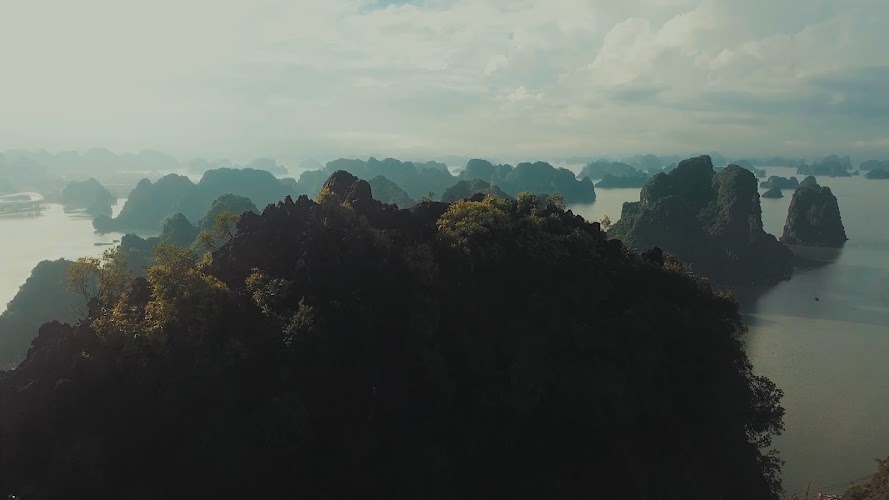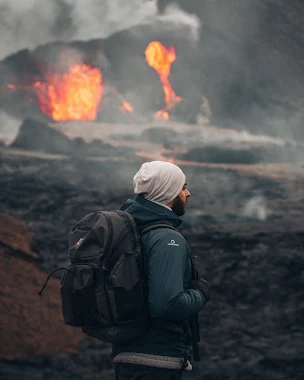
Islands rising above the sea is a phenomenon that has captivated scientists and laypeople alike for centuries. It is a process that occurs over millions of years, as tectonic plates shift and volcanic activity creates new land masses. The end result is a series of islands that rise above the surface of the water, offering a glimpse into the dynamic nature of our planet.

The process of island formation begins with the movement of tectonic plates. The Earth's crust is made up of several large plates that float on the liquid mantle beneath. These plates are constantly moving, colliding, and separating, creating a wide range of geological features, including mountains, valleys, and islands. When two plates collide, one is forced beneath the other, creating a process known as subduction. This can lead to the formation of volcanic islands, as molten rock from the mantle is pushed up through the crust and emerges as lava.
Another way islands are formed is through volcanic activity. Volcanoes are formed when magma from the Earth's mantle rises to the surface and erupts. Over time, repeated eruptions can build up a volcano, creating an island. The Hawaiian islands are an example of this, formed by a hot spot of volcanic activity in the middle of the Pacific Plate.
Once islands are formed, erosion and weathering take over, shaping the islands into their present form. The forces of wind and water can erode the islands, carving out valleys and shaping the coastline. The island's flora and fauna also change and evolve over time, leading to the formation of unique ecosystems found only on those islands.
Environmental impact
Islands rising above the sea also have significant impacts on the ocean currents, weather patterns, and marine life. As islands rise, they create barriers that can alter ocean currents, leading to the formation of unique marine ecosystems. They also act as stepping stones for plants and animals, allowing them to migrate and colonize new areas.
In conclusion, the process of islands rising above the sea is a slow, ongoing process that has been taking place for millions of years. The movement of tectonic plates, volcanic activity, and erosion have created a wide range of islands, each with its unique characteristics and biodiversity. These islands are not only beautiful but also have a significant impact on the planet's geology, climate, and life. Understanding how these islands formed, and how they continue to change, helps us to understand the ever-changing nature of our planet and the delicate balance of life on Earth.







